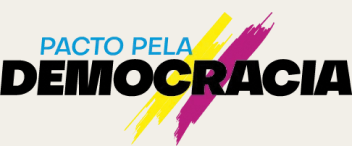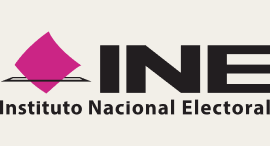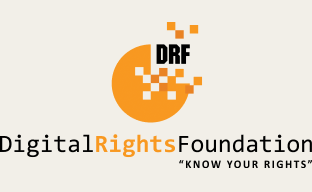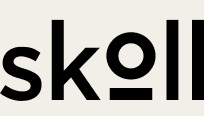In less than two weeks India will witness four state assembly and one union territory elections in West Bengal, Kerala, Tamil Nadu, Assam and Puducherry between March and April 2021. Of these, West Bengal will go to polls first and is expected to be the most contentious state election. It is among the handful of states where the Bharatiya Janata Party (BJP), the current ruling party at the centre, is not in power. Stakes are high both for the BJP and the current Trinamool Congress (TMC) government in West Bengal that is fighting to retain its ten year turf.
As the fight for West Bengal intensifies, culture, language, literary figures, government schemes, communal tensions all have become cards in the game, especially in the virtual battle. Cyber cells of political parties have been running social media campaigns to connect with their support base and further their reach. Slogans, cartoons, graffiti, rhymes, and parody are all part of the campaign. We also see a spurt in misleading narratives, politically charged claims, polarising rhetorics, photoshopped images, parody social media accounts and fake quotes. On its own, a claim may seem innocuous and have minimal impact on voters’ minds and choices. However, the tipping point is when the floodgates open for a flurry of such messages and when social media and WhatsApp become the vectors of misinformation. What is at stake is not just the outcome of an election, but the integrity of elections and democratic systems.
In this blogpost, we take a look at the emerging trends and tactics of misinformation uncovered by our fact-checking partners in India.
1. Twitter trends, hashtags and toolkits to spread misinformation
Fact-checkers have observed trending and manufactured hashtags shared along with similar tweets by thousands of users. The Quint’s investigation pointed to daily toolkits released by party cyber cells with hashtags and tweets with often misleading information. These are tweeted out by thousands of users to make certain claims and narratives viral.
Read the Quint’s story
2. Old images of rallies recycled to claim large gatherings in support of political parties
This may not be a new trick for bad actors, but pictures of large gatherings in support of certain leaders or parties is of great significance during the time of a pandemic. When parties are trying to connect to voters virtually, the optics of large gatherings and grand rallies is to claim huge support.
Read India Today’s and AFP’s stories
3. Fake quotes and posters of prominent personalities
A photo of popular cricketer Sourav Ganguly featured in fake posters of political parties. Another poster with the images of prominent industrialist Ratan Tata and the BJP’s Bengal chief Dilip Ghosh claimed that the former will invest Rs 60 billion (827 million USD) in West Bengal if the BJP comes into power.
Read BOOM’s (here and here) stories
4. Doctored and recycled images to project leaders in a bad light
A photoshopped image of Prime Minister Narendra Modi taking part in a bicycle rally with an accused individual in a drug case went viral. Another morphed image was shared widely with the claim that West Bengal Chief Minister Mamata Banerjee was faking an injury as an election gimmick. Morphed and recycled images point to clear attempts towards character assassination and spreading disinformation.
Read Vishvas’s and BOOM’s stories
5. False claims of political parties buying votes and support
Claims have been made of parties paying citizens for buying votes and attending political rallies. Rarely have we come across evidence for these. However, there is no dearth of false videos and images that claim so. Here is one fact-check report from the Quint which debunks the claim of BJP having distributed money for galvanising crowds in a political rally in West Bengal.
Read the Quint’s story
We collaborated with 53 partner organizations worldwide to design and carry out our 2024 elections projects. We extend special gratitude to our lead partners in Brazil, Mexico and Pakistan, whose work we highlight in this essay.



The 2024 elections projects featured in here would not have been possible without the generous support of these funders.




Footnotes
References
Authors
Words by
Sneha Alexander is Program Manager for APAC at Meedan. She is a public policy graduate with work experiences as a data journalist and fact-checker in India. Sneha is a trainer in media literacy and fact-checking and has coordinated work related to the Ekta consortium in India.








